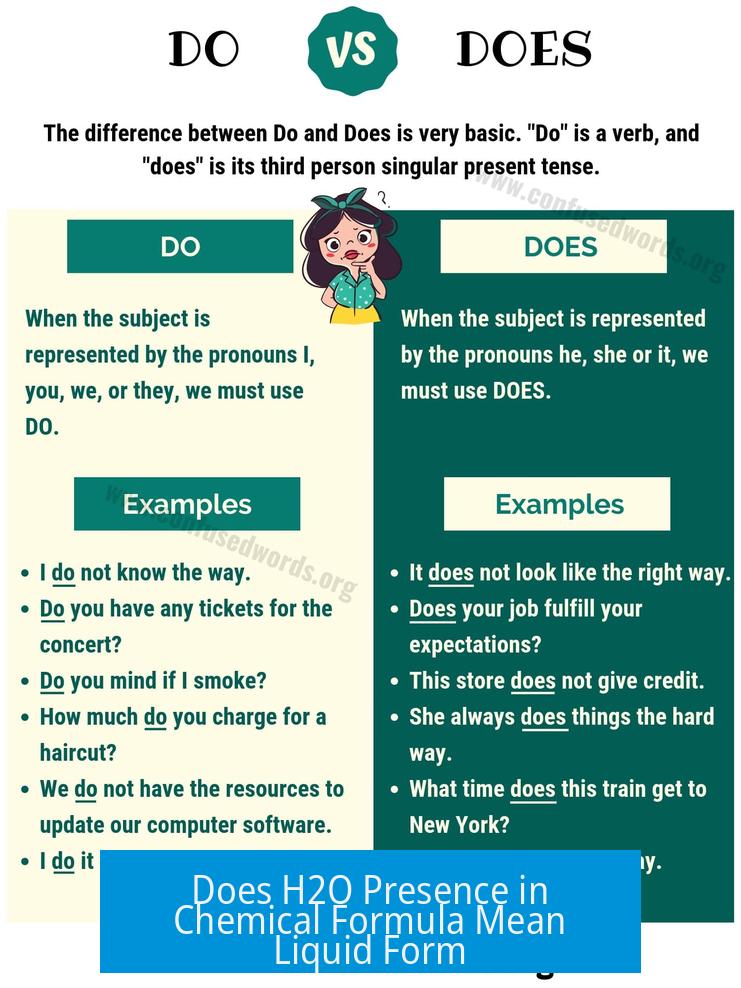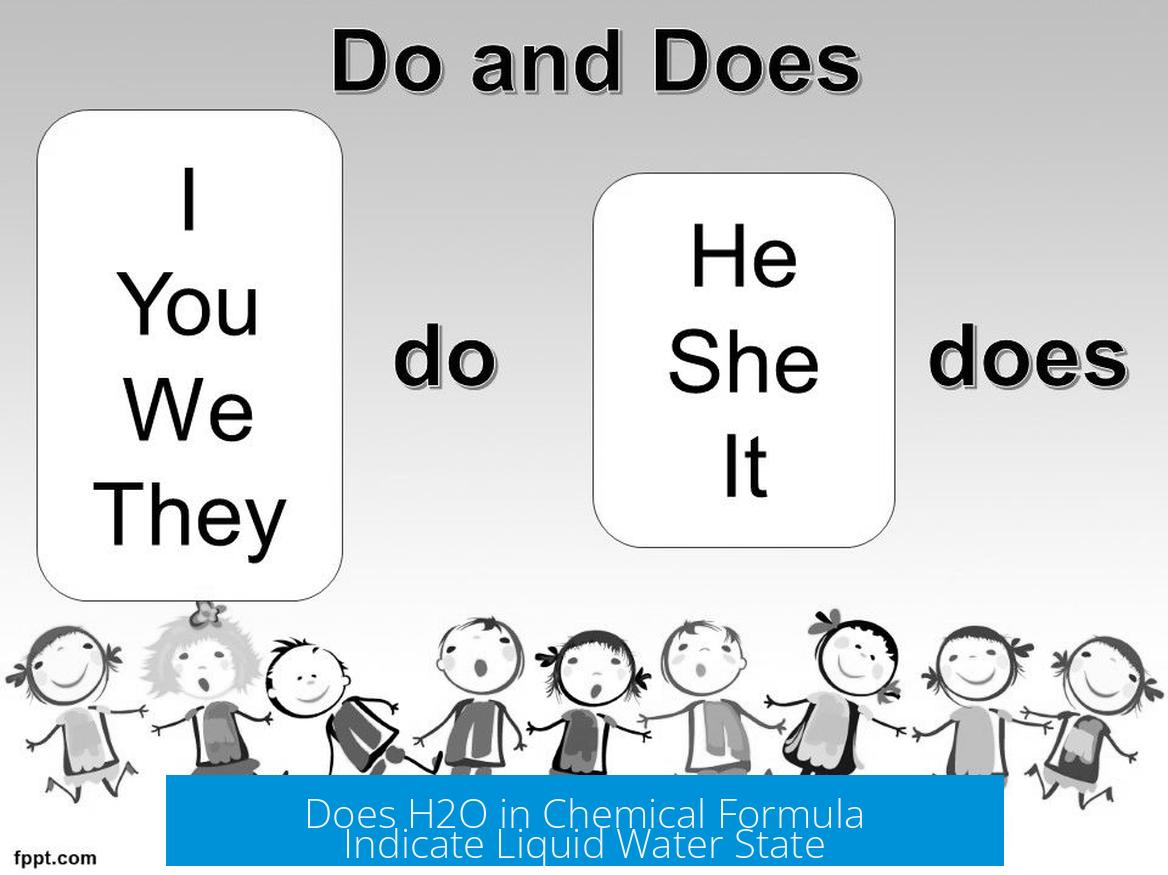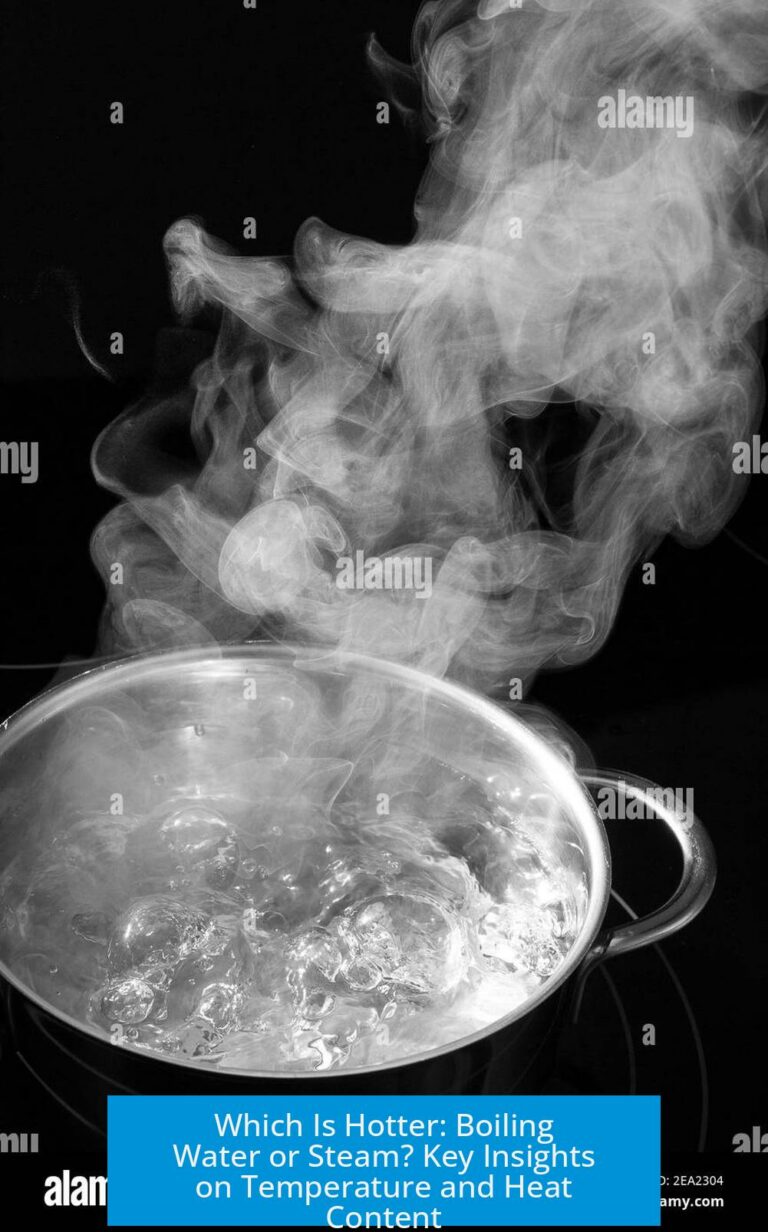Does H2O Presence in Chemical Formula Mean Liquid Form?

The presence of H2O in a chemical formula does not mean the compound is in liquid form. Instead, it typically indicates the compound is a hydrate—a solid substance containing water molecules bound within its crystalline structure.
Understanding H2O in Chemical Formulas: Hydrate vs. Liquid Water
Seeing H2O listed in a chemical formula often raises questions about the physical state. It is important to clarify that this H2O is not free liquid water. Instead, it represents water molecules structurally incorporated into a solid compound’s crystal lattice.
For example, chemical formulas such as MgCO3·5H2O denote a hydrate, where five water molecules attach to each formula unit of magnesium carbonate. This compound remains solid at room temperature. The water is chemically integrated within the lattice rather than existing as liquid.
Hydrates Contain Structurally Bound Water
- Hydrates are solids containing water molecules trapped within the crystal framework.
- The bound water remains fixed in place under normal conditions, maintaining the compound’s solid state.
- The water molecules may influence the physical properties but do not form a liquid phase.
This contrasts with aqueous solutions, where water acts as a solvent and the compound dissolves, existing in true liquid form. If a compound is dissolved in water, the formula typically omits H2O and uses the (aq) symbol to denote the aqueous phase.
Examples Illustrating Hydrate Water in Chemical Formulas
| Compound | Chemical Formula | Description | Physical State |
|---|---|---|---|
| Magnesium Carbonate Pentahydrate | MgCO3·5H2O | Each formula unit contains five water molecules in the crystal lattice. | Solid powder |
| Magnesium Sulfate Heptahydrate | MgSO4·7H2O | Seven water molecules incorporated, yet the compound feels dry at room temperature. | Solid crystals |
Heating these hydrates releases the water molecules as liquid water or vapor, leaving behind the anhydrous solid form. This confirms that the water in the formula is not free water but part of the solid structure.
Role of State Symbols in Chemical Notation
Because H2O can exist in multiple physical states, chemists use state symbols to clarify the conditions:
- (l) – liquid water
- (s) – solid water (ice)
- (g) – gaseous water (water vapor)
- (aq) – dissolved in water (aqueous solution)
For example, writing H2O(l) expressly states liquid water. Hydrated compounds use a dot notation (·) to indicate bound water as part of the solid, not the liquid phase. When an aqueous solution forms, the hydrate’s waters are no longer part of the structure and hence do not appear in the chemical formula.
Clarifying the Nature of Hydrate Water
Water molecules in hydrates occupy specific sites within the crystal framework. They do not behave like free liquids or gases. The water is neither truly solid nor liquid in the common sense, but a distinct component of the solid crystal.
This unique bonding results in physical and chemical properties differing from those of pure water or the anhydrous form. Hydrate water often stabilizes the crystalline form and influences solubility, color, and melting points.
Summary of Key Points
- H2O presence in a chemical formula typically indicates hydrate water within a solid crystal.
- Hydrate water is chemically bound and not present as free liquid water.
- State symbols (l), (s), (g), and (aq) specify the physical state precisely.
- Hydrates release water upon heating or dissolution but remain solids under standard conditions.
- Hydrate water forms part of a solid’s lattice, distinct from liquid or gaseous states.





Leave a Comment